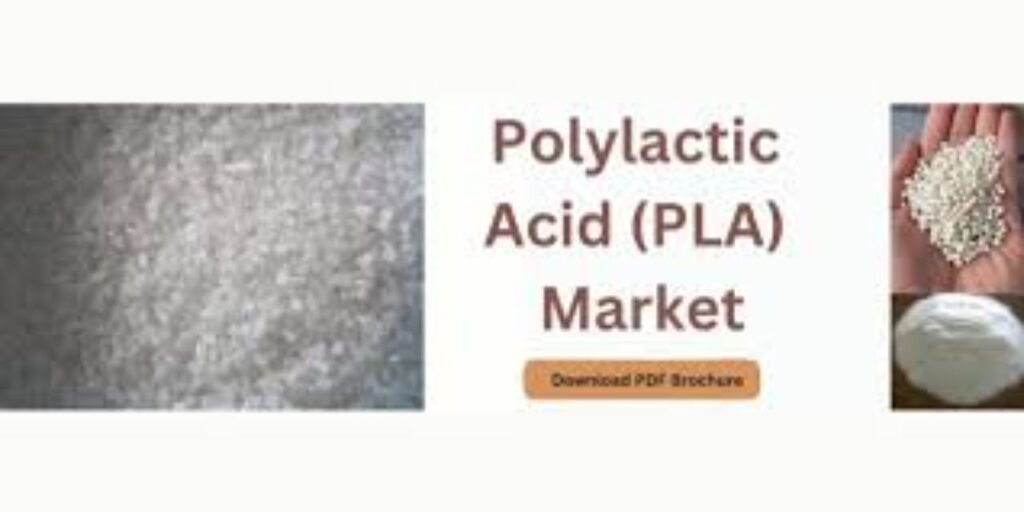
The PLA market is expected to grow from USD 1.5 billion in 2023 to USD 3.3 billion by 2028 at a compound annual growth rate of 17.1%, according to the report “Poly Lactic Acid Market by Grade (Thermoforming, Extrusion, Injection Molding, Blow Molding), Application (Rigid Thermoform), End-use Industry (Packaging, Consumer Goods, Agricultural, Textile, Biomedical), & Region – Global Forecast to 2028.” Growing consumer awareness and demand in end-use sectors such as packaging, consumer products, agricultural, biomedical, and textiles, among others, are the primary drivers of the PLA market. Furthermore, the Asia Pacific region’s quickly expanding market is another factor driving it.
Download the brochure in PDF format.
Look around
- 235 Tables with Market Data
- Forty-eight Figures
- A comprehensive TOC on the “Poly Lactic Acid Market – Global Forecast to 2028” with 242 pages.
Among the well-known pivotal figures are:
US-based NatureWorks LLC
Corbion TotalEnergies (Netherlands),
Germany’s BASF SE,
COFCO, a Chinese company
Futerro (Belgium),
US-based Danimer Scientific, among many others..!
Driver: Shifting customer preferences in favor of environmentally friendly plastic goods
One factor driving the PLA industry is the shift in customer preferences toward environmentally friendly plastic goods. Customers are looking for sustainable alternatives to conventional plastics made from fossil fuels as environmental consciousness rises. The ideal material is PLA, a biobased and biodegradable polymer. It has been positioned as a workable alternative to lessen plastic waste because of its environmentally benign qualities, which include biodegradability and a low carbon footprint. Due to consumer pressure on companies to embrace sustainable methods, PLA demand has increased. The PLA market has expanded as a result of consumers’ shifting preferences for environmentally friendly polymers.
Get Sample Pages Here
In terms of value, the thermoforming grade is anticipated to lead the PLA market throughout the projected period.
Because thermoforming grade PLA has unique properties that make it ideal for thermoforming operations, it is highly sought after in the PLA market. Heating a plastic sheet and shaping it into the required shape is called thermoforming. PLA’s thermoforming grade is perfect for packaging, disposable food containers, and consumer goods because it has outstanding heat resistance, dimensional stability, and clarity. Its durability is ensured by its capacity to tolerate extreme temperatures and preserve form, while its transparency makes for visually appealing product displays. Further fueling customer desire for eco-friendly packaging options is PLA’s renewable nature and biodegradability, which complement each other and drive the market for thermoforming grade PLA.
In terms of value, the PLA market in Asia Pacific is anticipated to develop at the quickest rate during the projected period.
Because of a number of important variables, the PLA market in Asia Pacific is predicted to develop at the highest rate. The robust industrial and manufacturing sectors in the area, especially in China, Japan, and South Korea, are fueling demand for PLA in a variety of industries, including packaging, textiles, and automobiles.Furthermore, a growing middle class and the region’s vast population are driving higher consumption of packaged goods and disposables, which is driving up demand for PLA-based packaging materials. The adoption of PLA is also being accelerated by the favorable policies that governments in the Asia Pacific area are putting in place to support eco-friendly materials and lessen plastic waste. This is helping to explain the industry’s quick rise.
